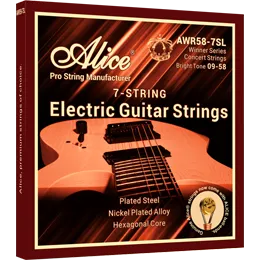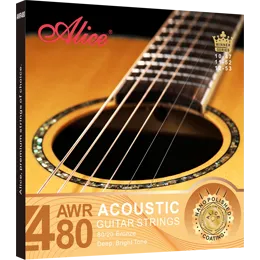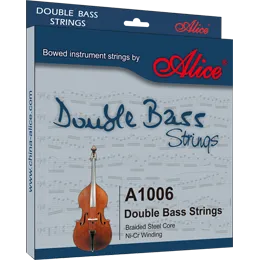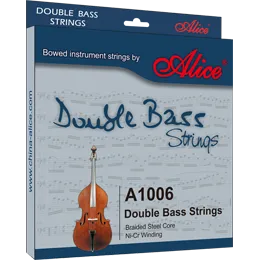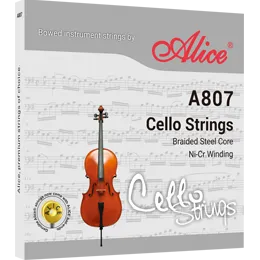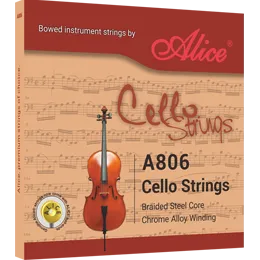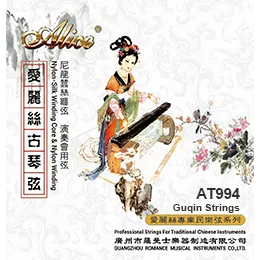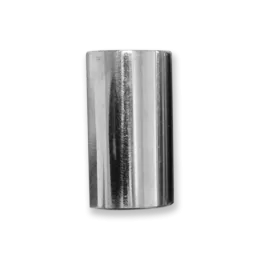Electric Guitar Strings Gauge Chart: A Complete Guide for Guitarists
Choosing the right set of strings is one of the most crucial decisions for any electric guitarist. While tonewoods, pickups, and amps all shape your sound, the strings are the first and most direct point of contact between your fingers and your guitar. Among the many factors that influence how strings feel and sound, string gauge—the thickness of the strings—plays a central role.
What Is String Gauge?
String gauge refers to the thickness of the string, measured in thousandths of an inch. For example, a high E string marked as .009 is nine-thousandths of an inch thick. Guitar strings are usually sold in sets, and each set is identified by its thinnest (high E) string.
For example:
.009–.042 → A “nine gauge” set (extra light)
.010–.046 → A “ten gauge” set (regular/light)
.011–.049 → An “eleven gauge” set (medium)

Common Electric Guitar String Gauges
Here’s a chart of some of the most popular gauges used by electric guitarists:
Gauge (Set) | String Thickness (inches) | Common Use |
Extra Light (.008–.038) | 0.008, 0.010, 0.015, 0.021, 0.030, 0.038 | Beginners, shredders, light touch playing |
Light (.009–.042 or .009–.046) | 0.009, 0.011, 0.016, 0.024, 0.032, 0.042/046 | Rock, pop, blues, versatile for bends |
Regular (.010–.046) | 0.010, 0.013, 0.017, 0.026, 0.036, 0.046 | Balanced tone, classic rock, general use |
Medium (.011–.049) | 0.011, 0.014, 0.018, 0.028, 0.038, 0.049 | Jazz, blues, thicker tone, rhythm guitar |
Heavy (.012–.054 or higher) | 0.012, 0.016, 0.024, 0.032, 0.042, 0.054 | Drop tunings, metal, powerful low-end sound |
How Gauge Affects Tone and Playability
Tone
Lighter strings (.008–.009) → Bright, sharp, and articulate. They emphasize treble frequencies and are perfect for fast solos or expressive bends.
Heavier strings (.011–.013) → Warm, full-bodied, with more sustain and low-end power. Heavier gauges also drive pickups harder, producing a thicker tone.
Playability
Light gauge strings are easier to press, bend, and vibrato, which benefits beginners and lead guitarists.
Heavy gauge strings require more finger strength but feel more stable, especially in alternate or drop tunings.
Tuning Stability
Thin strings can go out of tune more easily when played aggressively.
Thick strings hold tuning better, particularly for heavy strumming or lower tunings.
Matching Gauge to Playing Style
Rock and Blues Lead Guitarists: Often prefer .009–.042 or .010–.046 sets for a balance between easy bending and strong tone.
Jazz Players: Tend to choose .011–.049 or heavier sets for a smoother, warmer tone.
Metal and Drop Tunings: Guitarists playing in drop D, C, or even lower often use .011–.052 or .012–.056 sets to maintain tension and prevent flabbiness.
Beginners: Usually start with .009–.042 because of easier fretting and bending.
The Role of Scale Length
Another factor in string gauge choice is scale length—the distance between the nut and the bridge:
Fender guitars (25.5" scale, like Stratocasters and Telecasters) create more tension, so even lighter strings can feel tighter.
Gibson guitars (24.75" scale, like Les Pauls) have less tension, so heavier strings feel looser and more comfortable.
This is why many players on Gibson-style guitars use .010s, while Fender players may use .009s to achieve a similar feel.
Coated vs. Uncoated Strings
Modern string manufacturers also offer coated strings, where a thin layer of polymer protects the metal from sweat and corrosion. While slightly reducing brightness, coated strings can last two to three times longer than traditional uncoated ones—especially useful for professionals or those who play regularly.
How to Choose the Right Gauge
When deciding which gauge is best for you, consider:
Your Playing Style – Do you bend strings often, or do you strum power chords?
Your Preferred Tone – Do you want brightness and clarity, or warmth and depth?
Your Guitar Type – Short-scale guitars favor heavier gauges; long-scale guitars can handle lighter sets.
Your Tuning – Standard tuning works well with .009–.046 or .010–.046, while drop tunings need heavier gauges.
Comfort and Endurance – If your fingers fatigue easily, start with lighter gauges.
Conclusion
The electric guitar string gauge chart is more than just numbers—it’s a roadmap to tone, feel, and musical expression. Whether you’re after the fluid bends of a blues solo, the heavy punch of metal riffs, or the balanced versatility of rock rhythms, the right gauge can transform your playing experience.
Alice Electric Guitar Strings: Professional Manufacturing for Every Need
For guitarists, distributors, and music retailers seeking reliable and versatile string options, Alice Electric Guitar Strings deliver exceptional quality and consistency.
Wide Gauge Selection: From extra-light sets for shredders to heavy sets for drop-tuned metal, Alice covers all playing styles with precision-engineered options.
Advanced Manufacturing: Using cutting-edge production methods and precision winding techniques, Alice ensures tonal consistency, smooth playability, and superior performance across every set.
Durability and Longevity: High-quality alloys and optional protective coatings extend string life while maintaining a bright, rich tone that professionals trust.
B2B Advantage: As a trusted manufacturer offering electric guitar strings for wholesalers and guitar accessories OEM/ODM solutions, Alice provides competitive pricing, bulk availability, and reliable global distribution—supporting music stores, wholesalers, and educational institutions worldwide.
By choosing Alice Electric Guitar Strings, players and business partners alike gain access to strings that balance affordability with professional-grade performance, reinforcing Alice’s reputation as a leading name in the music industry.
Relate News
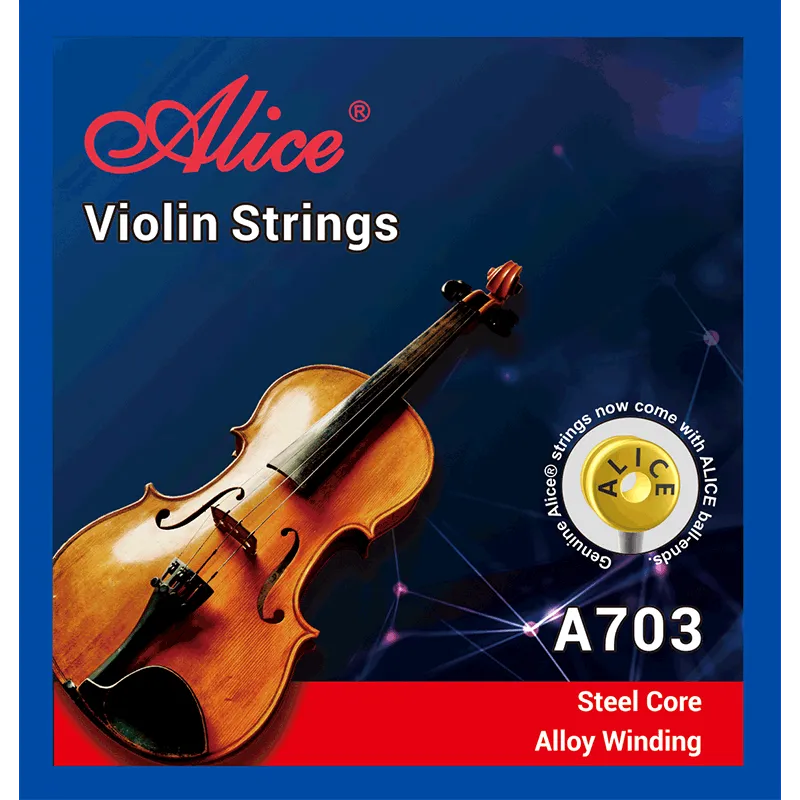
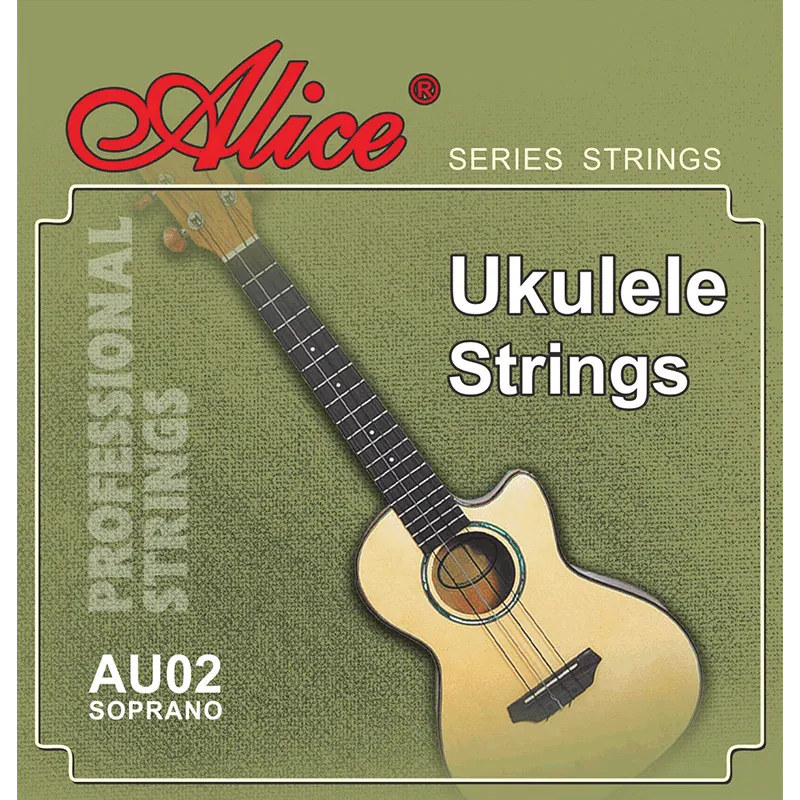
Folk Instrument Strings: Types, Materials & How to Choose the Right Set
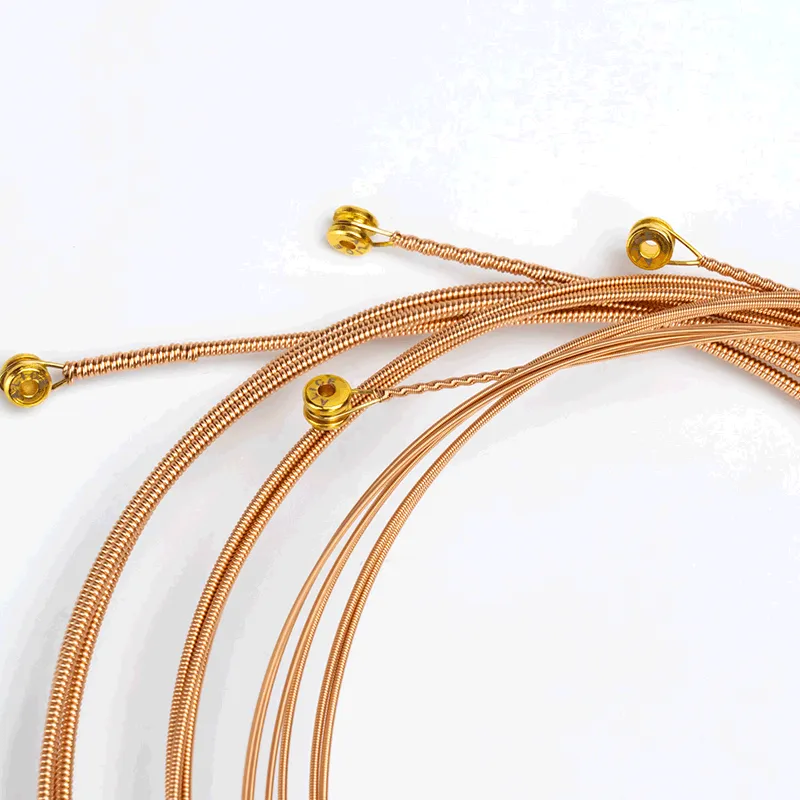
Which Acoustic Guitar Strings Fit Different Music Styles Best?

Common Guitar String Problems: How to Fix Tuning Issues, Rust, and String Breakage

Complete Guide to Guitar String Materials: Which One Is Right for You?

The Complete Guide to Orchestral Strings: Everything You Need to Know
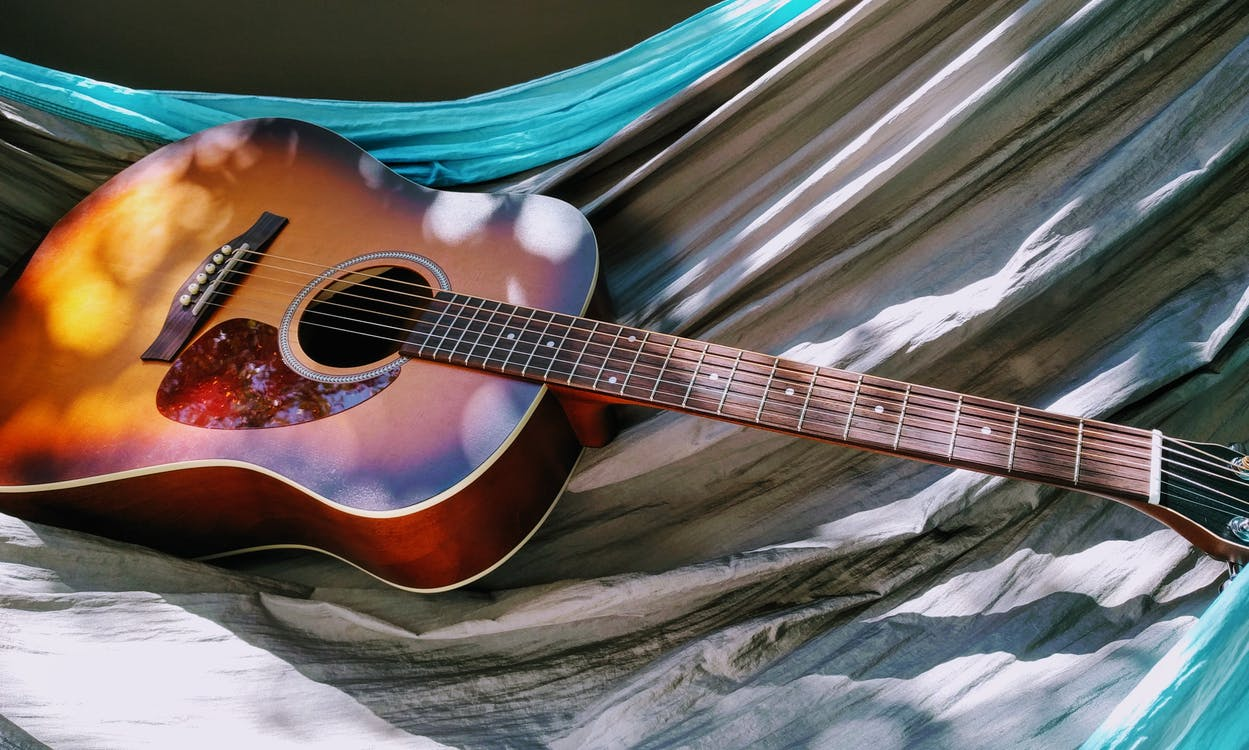
Inside the Craftsmanship: The Manufacturing Process of Guitar Strings
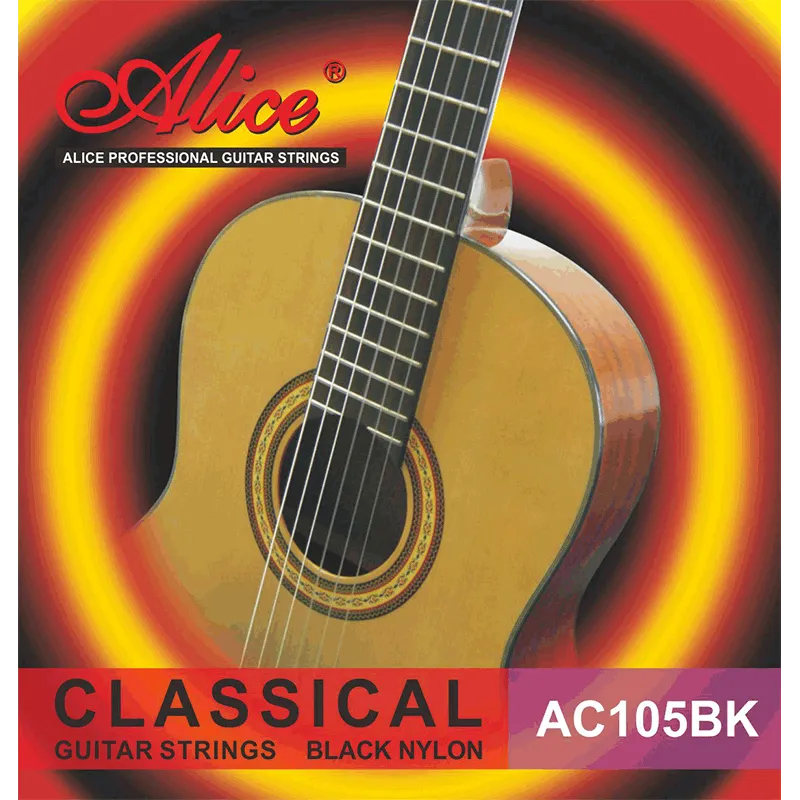
Wholesale Guitar String Purchasing: A Practical Guide for Retailers and Distributors
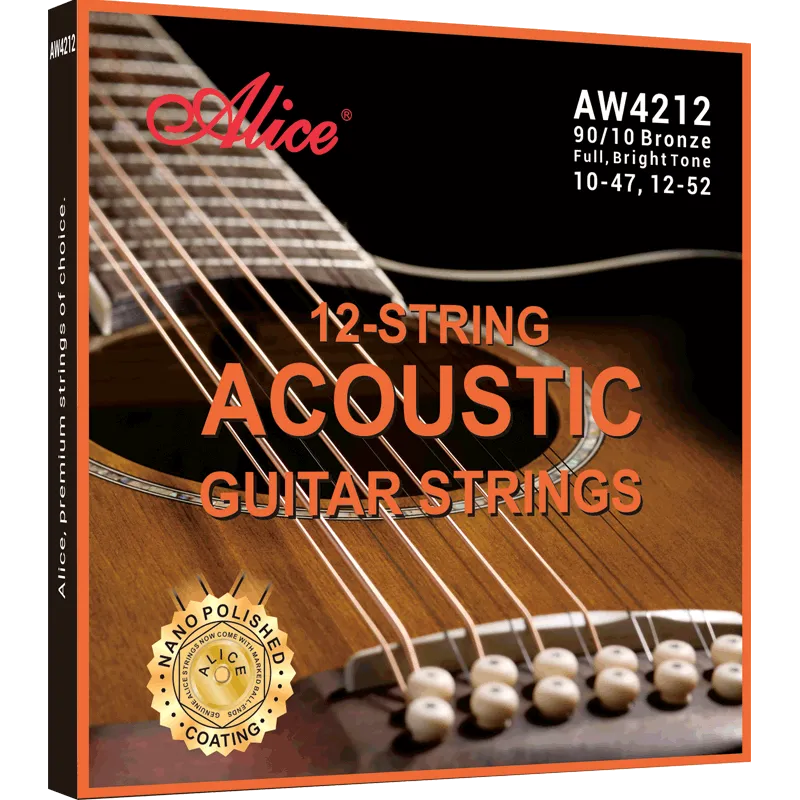
How to Choose the Right Guitar String Models for Export Markets

How Alice Guitar Strings Compare to Leading Brands

The ABCs of Cello Strings: Materials, Tension, and Maintenance



